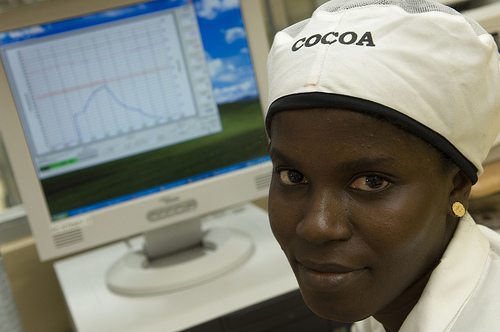Preços do petróleo diferenciam os BRICS
A queda do preço do petróleo desde junho passado tem sido abordada, em geral, como benéfica para a economia global. No entanto, isso depende de onde se está como…
A queda do preço do petróleo desde junho passado tem sido abordada, em geral, como benéfica para a economia global. No entanto, isso depende de onde se está como…
BRICLab Conference: Are BRICS a New Platform for Global Economic Governance Columbia SIPA Published on Nov 14, 2014 November 14, 2014 Low Library Panelists will weigh in on the prospects…
Lecture at University of Illinois at Urbana-Champaigne (October 12, 2014) China, Brazil - two tales of a growth slowdown
The 2014 baseline for the global economy still appears to be trending upwards, but the Year of the Horse may be jumpy.

The global economy looks poised to display better growth performance in 2014. Leading indicators are pointing upward – or at least to stability – in major growth poles. However, for this to translate into reality policymakers will need to be nimble enough to calibrate responses to idiosyncratic challenges.
Emerging Markets (EMs) are more likely to suffer shocks, such as commodity-price and terms-of-trade shocks, as well as surges and sudden stops in capital flows.. Furthermore, structural and institutional features typical of most EMs tend to amplify and propagate shocks. Even when asset price-led cycles are not generated within EMs, they tend to be affected the most due to capital flows.
Using gross figures of exports and imports to approach the contribution of trade to economic growth and a country’s resource allocation may be misleading. Products often cross borders more…
China and Brazil are both facing a growth slowdown, as compared to the period prior to the global financial crisis. They were both able to respond with aggressive anti-cyclical policies to the post-Lehman quasi-collapse of the global economy. In both cases, such policies led to a growth rebound by reinvigorating previous patterns of growth. This brought forth the exhaustion of such patterns and the need to transit to other growth regimes.
The metamorphosis of the dragon may involve painful growing pains, including the risks of a hard landing that many analysts attribute to the current transition. The forthcoming two decades are setting the next stage of a half-century that could be marked by dramatic economic transformation, creating both challenges and opportunities for China and the rest of the world.
"The features of East Asia's experience in transitioning from middle- to high-income status provide important lessons for other countries that are attempting to follow suit."
Otaviano Canuto, World Bank Vice President and Head of Network, 10-Year Anniversary of China's Access to WTO Beijing, China It is a great honor for me to speak today…
10-Year Anniversary of China's Access to WTO: Opening Remarks by the World Bank Otaviano Canuto, World Bank Vice President and Head of Network, Poverty Reduction and Economic Management (PREM)…
While the rich world puts its post-crisis house in order, developing countries as a whole are becoming the new engine of global growth. But switching locomotives is never free of risk.
In the post-recession era, developing countries have come out on top. And they're going to stay there.